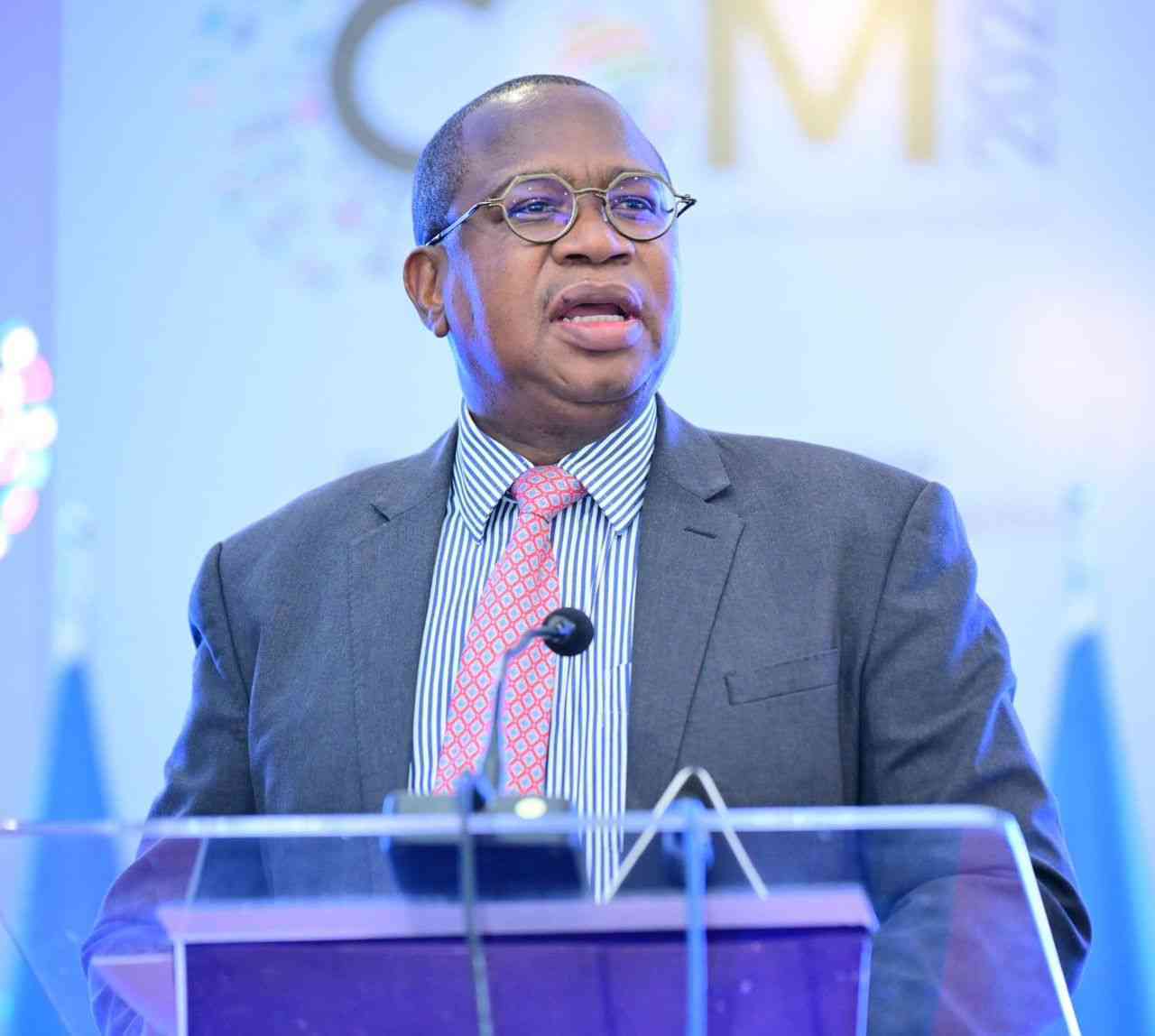
Performance management is a critical process in any organization that aims to align employee efforts and overall business goals. It helps identify strengths, pinpoint areas for growth, and ultimately facilitates employee development.
However, many organizations find their performance management systems outdated, ineffective, or overly time-consuming for managers and HR teams. If you are looking to optimize your system, here are some valuable tips:
Continuous feedback
Traditional performance reviews are often stressful, time-intensive events that don't provide enough real-time guidance for employees. Instead, consider adopting a continuous feedback model where managers offer ongoing, informal feedback throughout the year.
This fosters a culture of open communication, reduces stress, strengthens manager-employee relationships, and keeps employees consistently informed about their performance.
Employees receive guidance when it is most relevant, allowing them to address shortcomings on time and build on their strengths. Research shows that regular feedback leads to increased employee engagement; studies by Gallup indicate that employees receiving weekly feedback report significantly higher engagement levels.
The timeliness of continuous feedback is also crucial, as data shows that feedback's relevance and impact diminish the longer it is delayed.
Define goals and expectations
- Opinion: Fixing your performance management system
- Employee data protection a top compliance priority in 2024
- Improving performance management system
Keep Reading
As I write this article, I will say that some organizations have not agreed on goals and targets for 2024 with their senior managers and the rest of the employees three months into the year.
If you are in this situation, your organization needs fresh leadership. The beginning of the financial year is the most important part of setting goals.
Clearly define goals and expectations to ensure employees have a crystal-clear understanding of what is expected of them, how their work aligns with the company's broader vision, and the specific metrics that will be used to measure their success.
Employ a framework like SMART goals to provide a tangible goal-setting structure. This eliminates ambiguity, reduces miscommunication, and empowers employees to take ownership of their performance and contributions to the company's success.
Emphasize employee development
Shift the focus of performance management away from solely identifying shortcomings and instead prioritize employee development.
Create a culture that supports growth by offering ample opportunities for training, coaching, and mentorship programs. These initiatives empower employees to continuously improve their skills, advance their careers, and feel valued as long-term organizational contributors. Investing in employee development will cultivate a more skilled and motivated workforce, leading to greater overall company success.
Focus on strengths
Traditional appraisals can be demoralizing because they often focus relentlessly on weaknesses, emphasizing shortcomings and leaving employees feeling inadequate. A strengths-based approach offers a more empowering alternative by acknowledging positive contributions and encouraging employees to build upon their innate talents.
This shift in focus creates a more motivating and supportive work environment where individuals feel valued and are inspired to reach their full potential.
Utilise technology
Performance management software offers a powerful way to transform the process, streamlining administrative tasks like automated reminders, goal tracking, and feedback collection. This frees up valuable time for more meaningful conversations between managers and employees.
Additionally, the right software is a centralized hub for performance data and provides easy-to-use analytics, offering useful insights to inform data-driven decision-making.
When choosing software, carefully consider features, ease of use, and integration capabilities with existing systems, and prioritize robust security features to protect sensitive employee data.
360-degree feedback
Incorporate 360-degree feedback to get a more comprehensive view of employee performance.
This method collects input from multiple sources, including colleagues, managers, direct reports (if applicable), and even the employees through self-evaluation. This diverse input provides a well-rounded understanding of an employee's strengths and areas for development, reduces bias compared to solely manager-driven evaluations, helps identify potential blind spots, and boosts self-awareness for greater personal growth.
Emphasize confidentiality and a constructive feedback culture to ensure the success of your 360-degree feedback system. In doing this, remember that organizations implementing 360-degree assessment drop it after two years on average due to design issues.
Encourage conversations
Transform performance management from a top-down monologue into a collaborative two-way conversation.
Actively create opportunities for employees to provide feedback on their managers, the performance management process, and their overall experiences within the organization.
This fosters a culture of trust, demonstrates that employee voices are valued, and can lead to invaluable insights for improvement.
Employees often have unique perspectives that can identify potential bottlenecks within the system, offering fresh ideas for enhancing its effectiveness.
Rewards, recognition
Tie the system into a meaningful rewards and recognition program to motivate and drive performance.
Don't just focus on monetary compensation; recognize achievements with verbal praise, opportunities for growth, or other incentives that resonate with your employees.
Conclusion
Performance management is not a one-size-fits-all solution. Customize your system to align with your company's specific goals and culture.
By implementing these tips, you can create a more effective, transparent, and rewarding performance management system that benefits the organization and its most valuable asset – its employees.
- Nguwi is an occupational psychologist, data scientist, speaker and managing consultant at Industrial Psychology Consultants (Pvt) Ltd, a management and human resources consulting firm. — https://www.thehumancapitalhub.com or e-mail: mnguwi@ipcconsultants.com.










